
Float Like a Butterfly, Sting like a Kia - Performance Intercooler Kit R&D, Part 1 - Stock Review
It might be old news by now, but we're all still getting acquainted with the fact that Kia, in tandem with Hyundai (who's also bringing their posh baby cousin Genesis along for the ride), have established a much more respectable position in the automotive community. The launch of the Stinger GT helped Kia break out of its chrysalis state not as a run of the mill butterfly, but more like a mantis that's snatching those fluttering insects out of the sky.
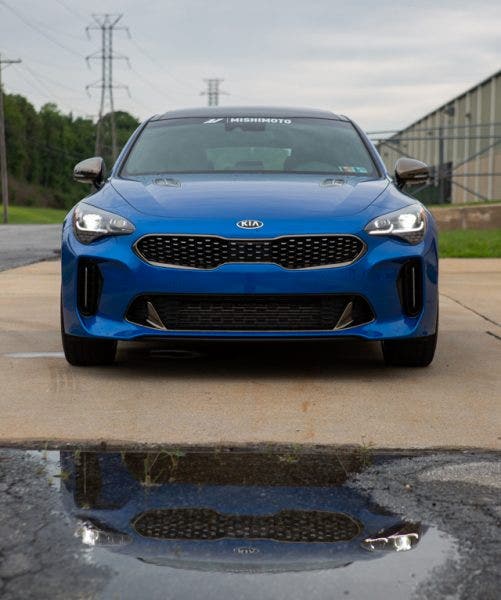
As we went over in the introduction to our Stinger, the secret to this vehicle's success is the silky-smooth Lambda II 3.3T coupled with the intuitive 8-speed automatic transmission. Even given Kia's advancements worthy of contending with those luxurious German counterparts, the Stinger does have some drawbacks that could hinder future potential. Before we go into how we here at Mishimoto plan on dropping the intake air temperatures, let's take a look at Kia's stock intercooling system.
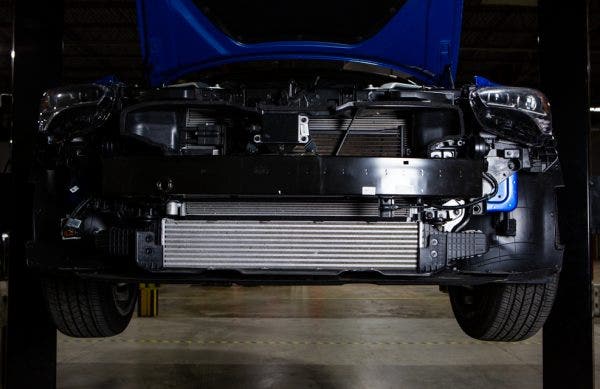
Keeping the charged air from those identical Honeywell turbos cool is key for expanding on the solid performance platform Kia laid out. Where other manufacturers in this segment have started migrating toward air-to-water intercooling systems, Kia has kept with the use of a front-mounted air-to-air intercooling setup.
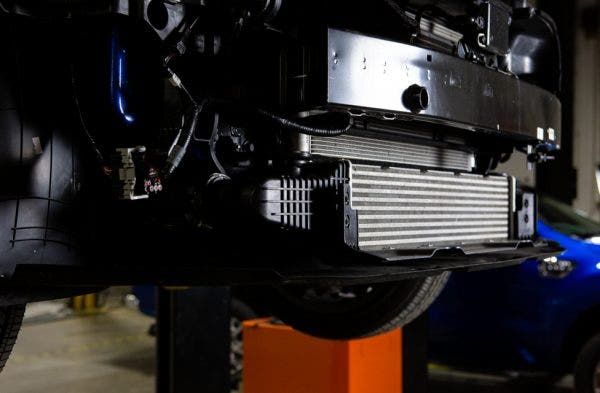
While it might not be the latest iteration of intercooling technology, air-to-air is still an effective means of exchanging heat. The stock core on the Stinger is still sizable compared to other stock cores we've seen. With a core measuring in at 28" x 5.35" x 3.5", the Stinger GT rolls off the assembly line with some serious potential intercooling power, but the construction is where this unit falls short.
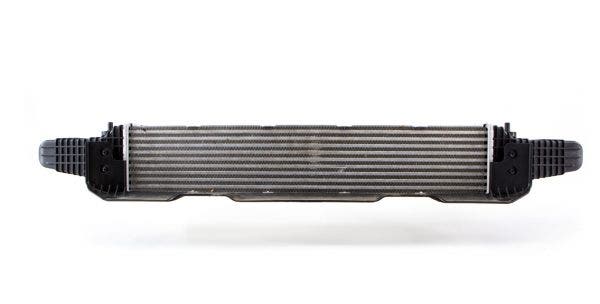
The core has a tube-and-fin style construction, which lends itself to being lightweight and most important to Kia, cheap and easy to produce. This style of core does provide adequate cooling for the charged air; however, it is much more prone to heat-soak, ultimately robbing your Stinger of power.
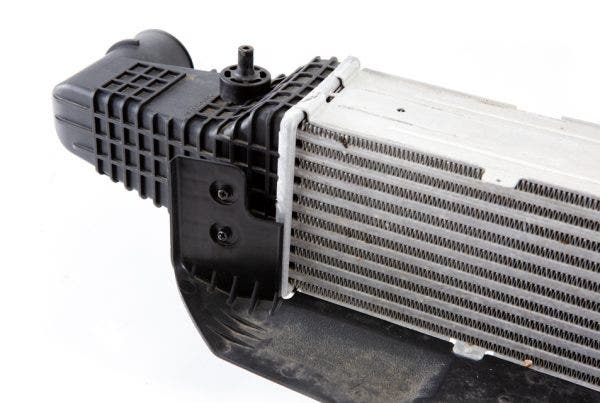
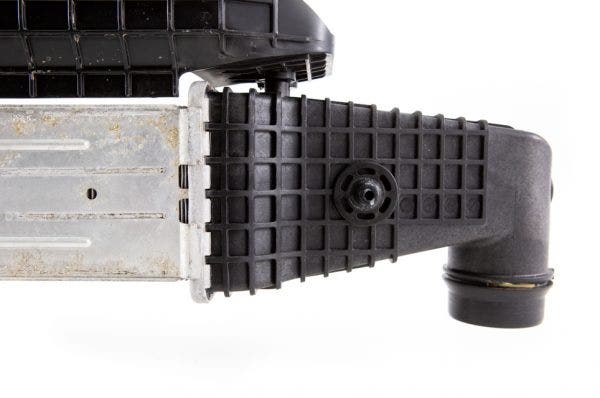
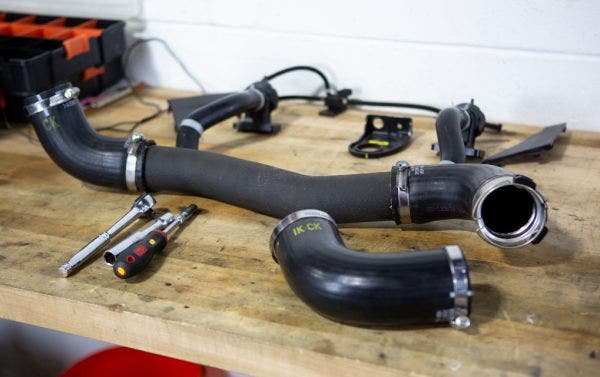
The piping which routes the charged air from turbo to intake manifold is quite the collection of construction choices. For vehicles sporting more than a single turbo, each compressor gets its own inlet on the intercooler core. In the Stinger's case, the airstream is combined almost immediately out of the turbo. Likely looking for a way to reuse the intercooler in other vehicles, the piping starts off with a combo segment, joining both pressurized streams into one, which also doubles as a mount for the twin recirculation valves. This efficient use of parts also means that this is a choke point when it comes to flow, especially when increasing the boost output.
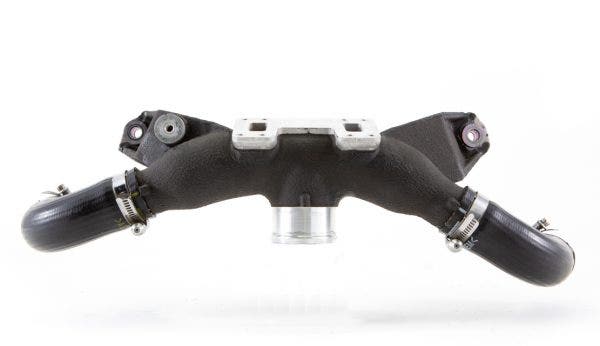
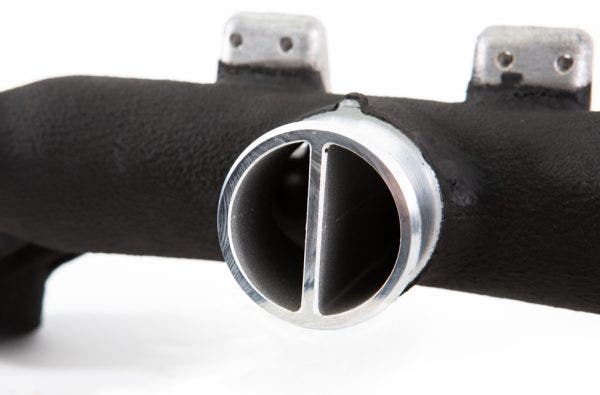
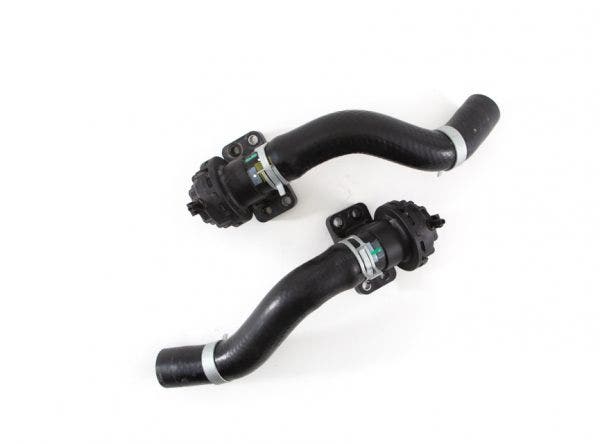
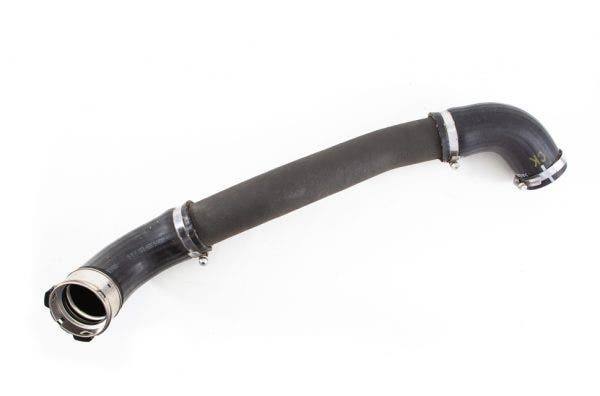
As for the rest of the piping, the hot-side pipe opens up into a 2.5" diameter aluminum pipe affixed to the intercooler via a hybrid rubber and quick-disconnect coupler. Aluminum piping on a stock vehicle is not something we see very often, and does wonders for longevity, but the inner diameter doesn't do much for potential tunes and turbo upgrades already being applied to these Stingers.
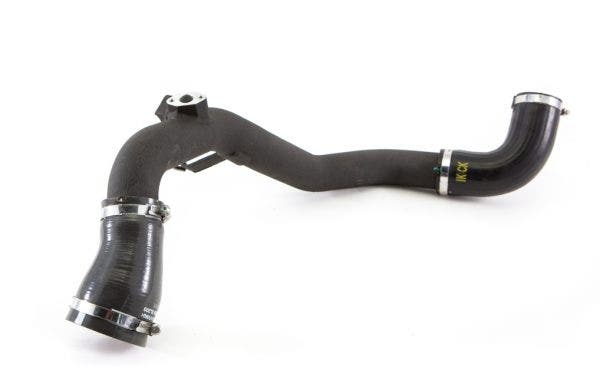
The cold-side piping is a similar story. 2.5" diameter aluminum piping runs from the intercooler's outlet without a quick-disconnect but sporting a silicone coupler for the throttle body and a port for the MAP and temperature sensor. Even with these subtle differences, the end result will still be the same when it comes to increasing the power.
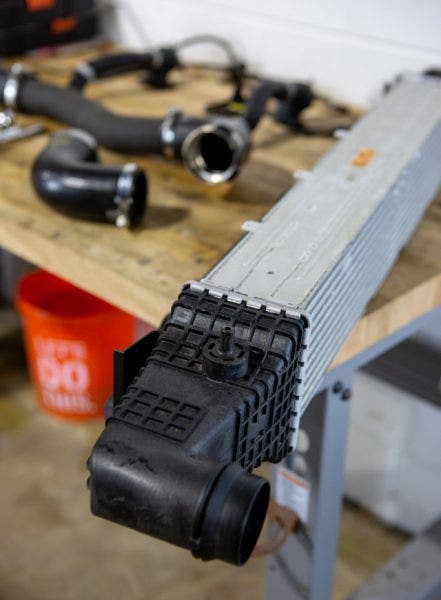
Intercooling is integral to the evolution of this predatory machine. Where the current core and piping are already ahead, there is still plenty of room for improvement. Our engineering team is already on the case to ensure that the Stinger is able to produce even more venom.
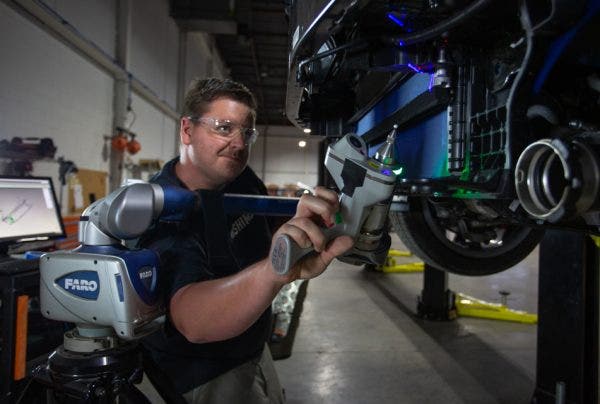
Thanks for Reading!
-Nick




